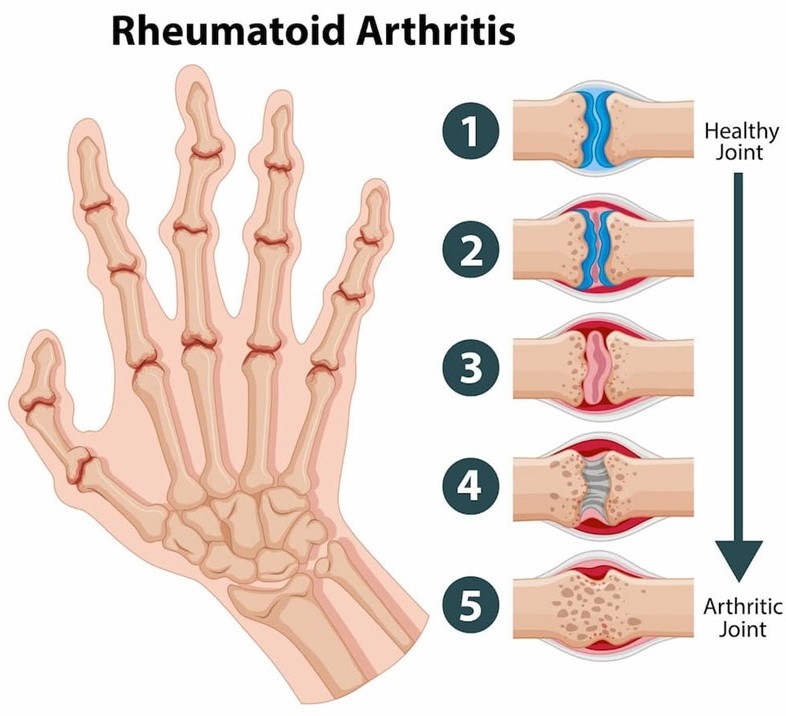This is an autosome linked recessive disorder that can be transmitted from parents to the offspring when both the partners are carrier for the gene (or heterozygous). The disease is controlled by a single pair of alleles, HbA and HbS. Individuals having sickle cell anaemia have a homozygous state of HbS in the red cells (HbSHbS).
Sickle cell anaemia is a severe disorder associated with variable clinical manifestations and decreased life expectancy.
PATHOGENESIS
1. Basic molecular lesion- The defect is caused by the substitution of Glutamic acid (Glu) by Valine (Val) at the sixth position of the beta globin chain of the haemoglobin molecule. The substitution of amino acid in the globin protein results due to the single base substitution at the sixth codon of the beta globin gene from GAG to GUG producing Hb a2b2S
2. Mechanism of sickling- During deoxygenation, the red cells containing HbS change from biconcave disc shape to sickle-shaped cell.
The mechanism responsible for sickling is the polymerisation of deoxygenated HbS which aggregates to form elongated rod-like polymers. These elongated fibres align and distort the red cell into classic sickle shape.
3. Reversible-irreversible sickling- The oxygen-dependent sickling process is usually reversible.
However, damage to red cell membrane leads to formation of irreversibly sickled red cells even after they are exposed to normal oxygen tension.


CLINICAL FEATURES-
1. Anaemia- There is usually severe chronic haemolytic anaemia.
2. Vaso-occlusive phenomena- Patients of SS develop recurrent vaso-occlusive episodes due to obstruction to capillary blood flow by sickled red cells upon deoxygenation or dehydration.
Vaso-obstruction results in infarcts which may be of 2 types:
i) Microinfarcts- affecting particularly the abdomen, chest, back and joints and cause recurrent pain.
ii) Macroinfarcts- involving most commonly the spleen, bone marrow (pains), bones (necrosis), lungs (pulmonary infections), kidneys (renal cortical necrosis), CNS (stroke), retina (damage) and skin (ulcers).
3. Patients with SS have impaired growth and development and increased susceptibility to infection due to impaired splenic function.
REFERENCE
Harsh Mohan; Text book of Pathology; 6 th edition; India; Jaypee Publications; 2010








